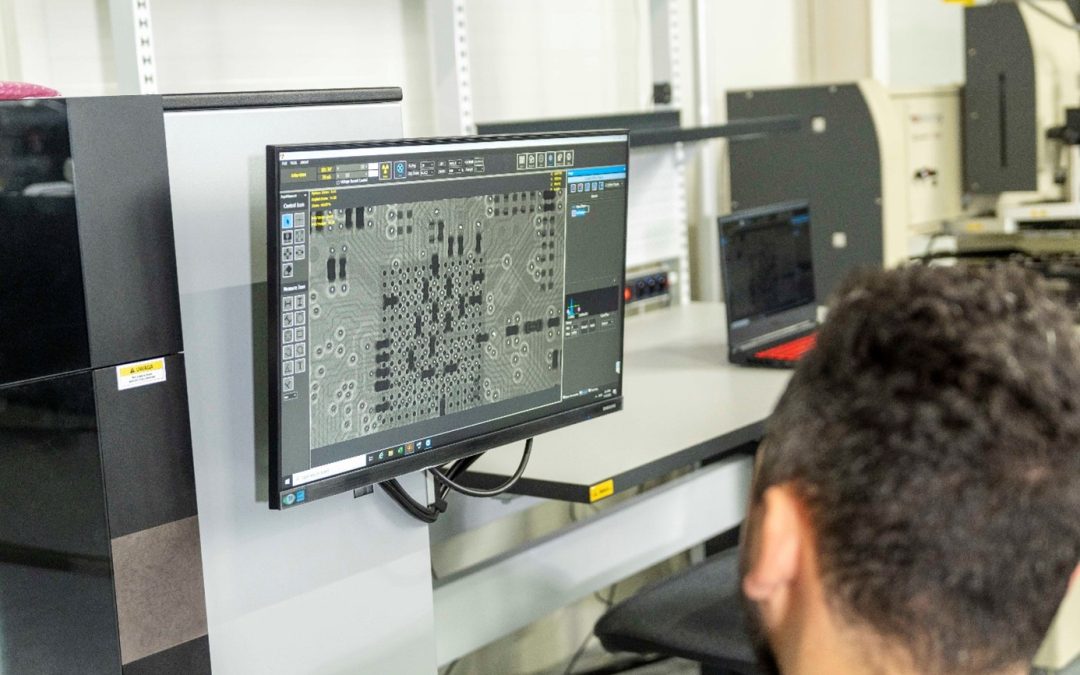X-ray inspections are a modern and non-invasive quality control method that allows for quick and effective checking of the quality and condition of various products and systems. Utilizing X-ray radiation sources, these inspections provide high-quality product control. This article presents the applications of X-ray inspections in the industry, their advantages, and the possibilities of implementing this type of quality control in an enterprise.
X-ray inspections play a significant role in many industries, serving as a non-invasive, modern, and effective quality control method. The use of X-ray radiation allows for examining the interior of inspected objects and detecting material defects, damage, and improper connections without destroying or dismantling them. Over the years, X-ray inspections have gained recognition as a key to industrial success, increasing process efficiency, reducing costs, and enhancing customer satisfaction.
Implementing X-ray inspections in the industry brings many benefits. Besides detecting defects during production, it allows for monitoring production processes and optimizing them. Quickly identifying problems allows for their immediate elimination, leading to better quality control and less material waste.
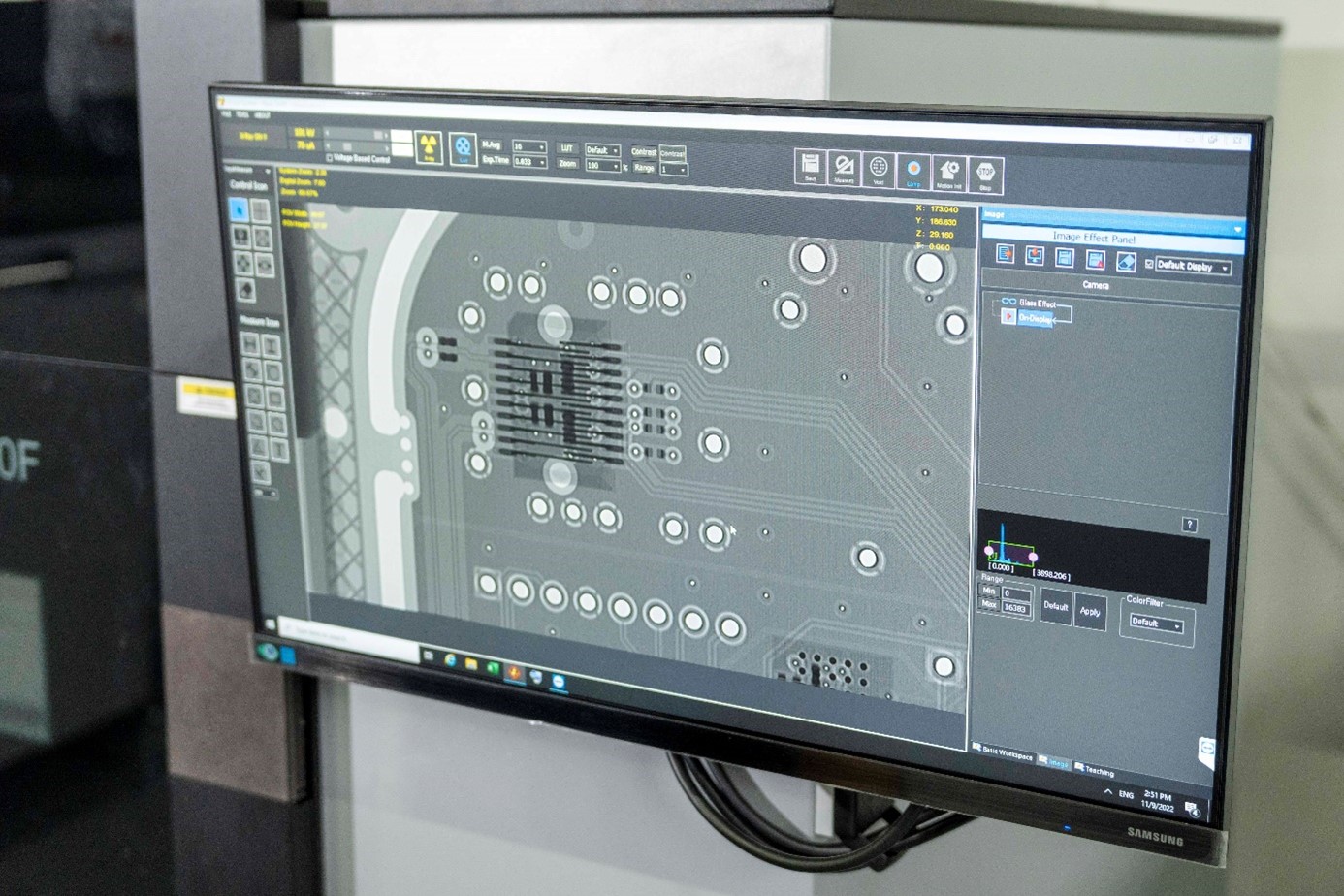
This technology is continuously developed and improved, allowing for the application of X-ray inspections in an increasingly wide range of industries. Automation, new data processing algorithms, and advanced X-ray tomography techniques make this method increasingly important and popular.
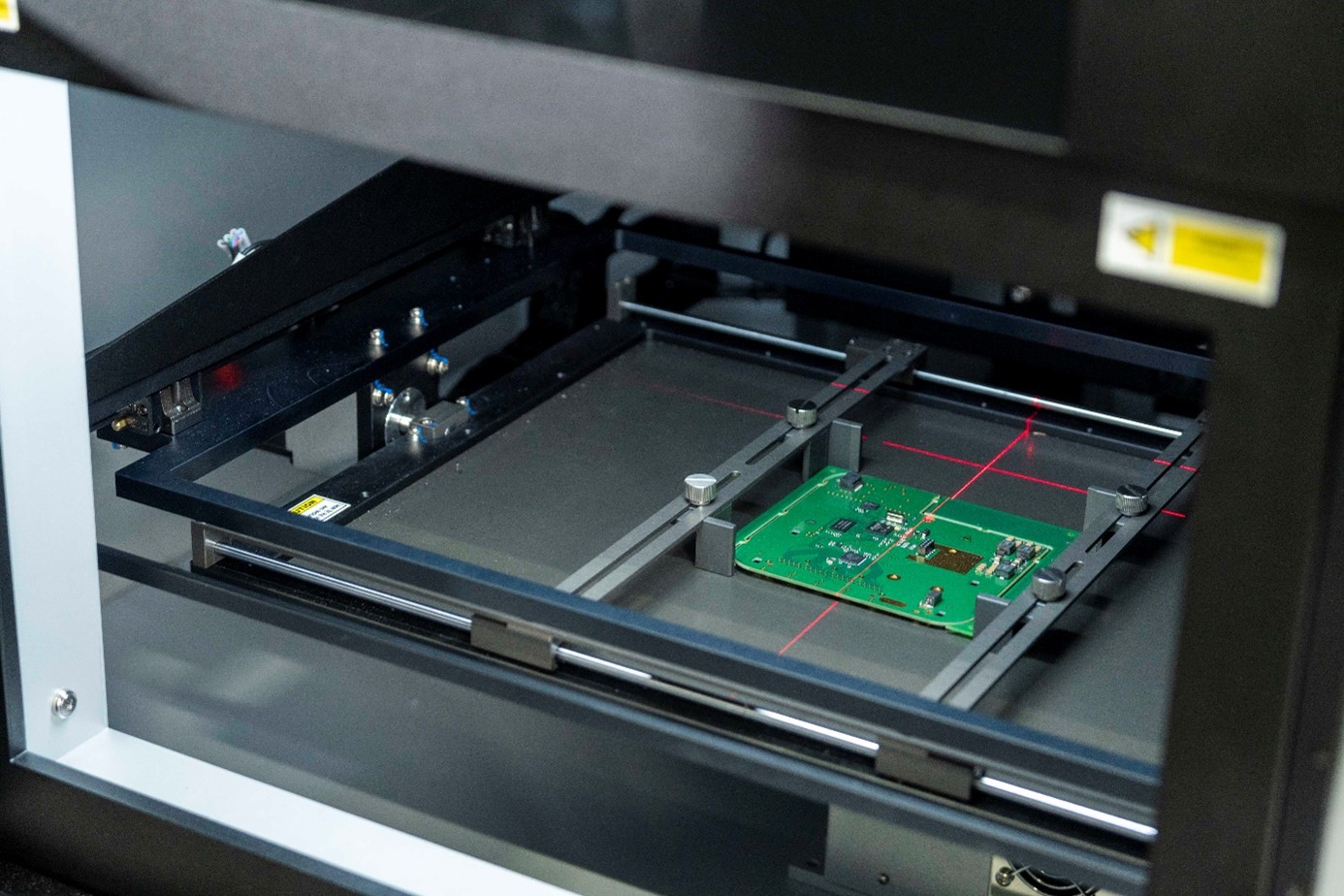
Application of X-ray Inspections
X-ray inspections are used in various industries, both consumer and industrial. In the electronics industry, they enable microscopic quality control, which is crucial in the production of semiconductors, integrated circuits, and electronic components. Detecting defects in these components affects their reliability and durability.
In the automotive industry, X-ray inspections help detect defects in complex engine components, suspension systems, and electrical systems. Using this method in car production processes eliminates defects that could affect vehicle reliability and user safety.
X-ray Inspection Process
X-ray inspection involves irradiating the inspected object with X-ray radiation. Depending on the equipment used, this can be either two-dimensional (2D) or three-dimensional (3D) analysis. During irradiation, X-rays pass through the inspected object and are detected on the other side. The higher the material density, the fewer rays pass through, allowing for the detection of differences in material structure and defects such as cracks, porosity, or improper connections.
The technology used in X-ray inspections is becoming increasingly advanced. Introducing new imaging techniques, such as computed tomography, allows for even more precise analysis of inspected objects. Automation of processes and software development enable faster and more efficient data analysis.
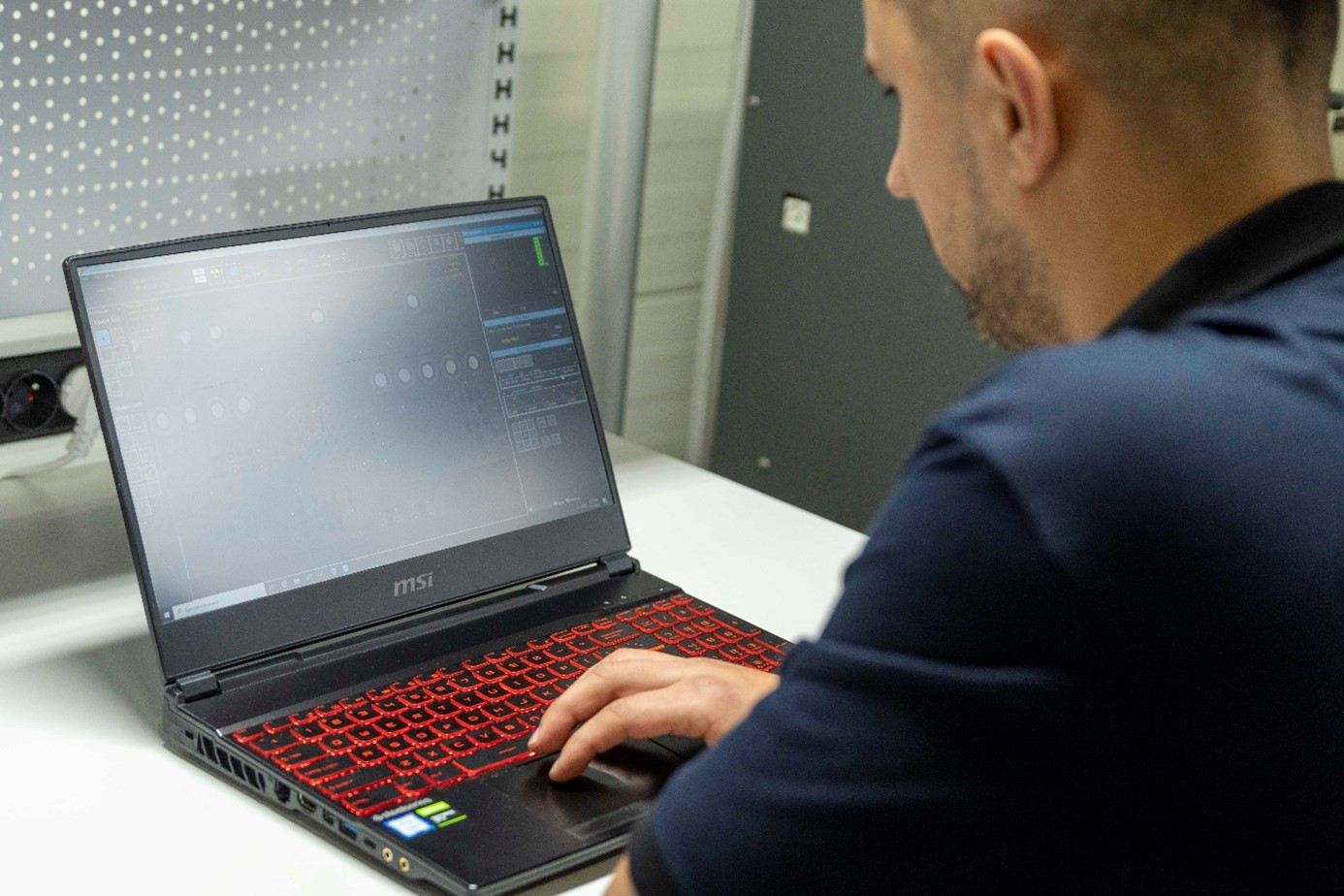
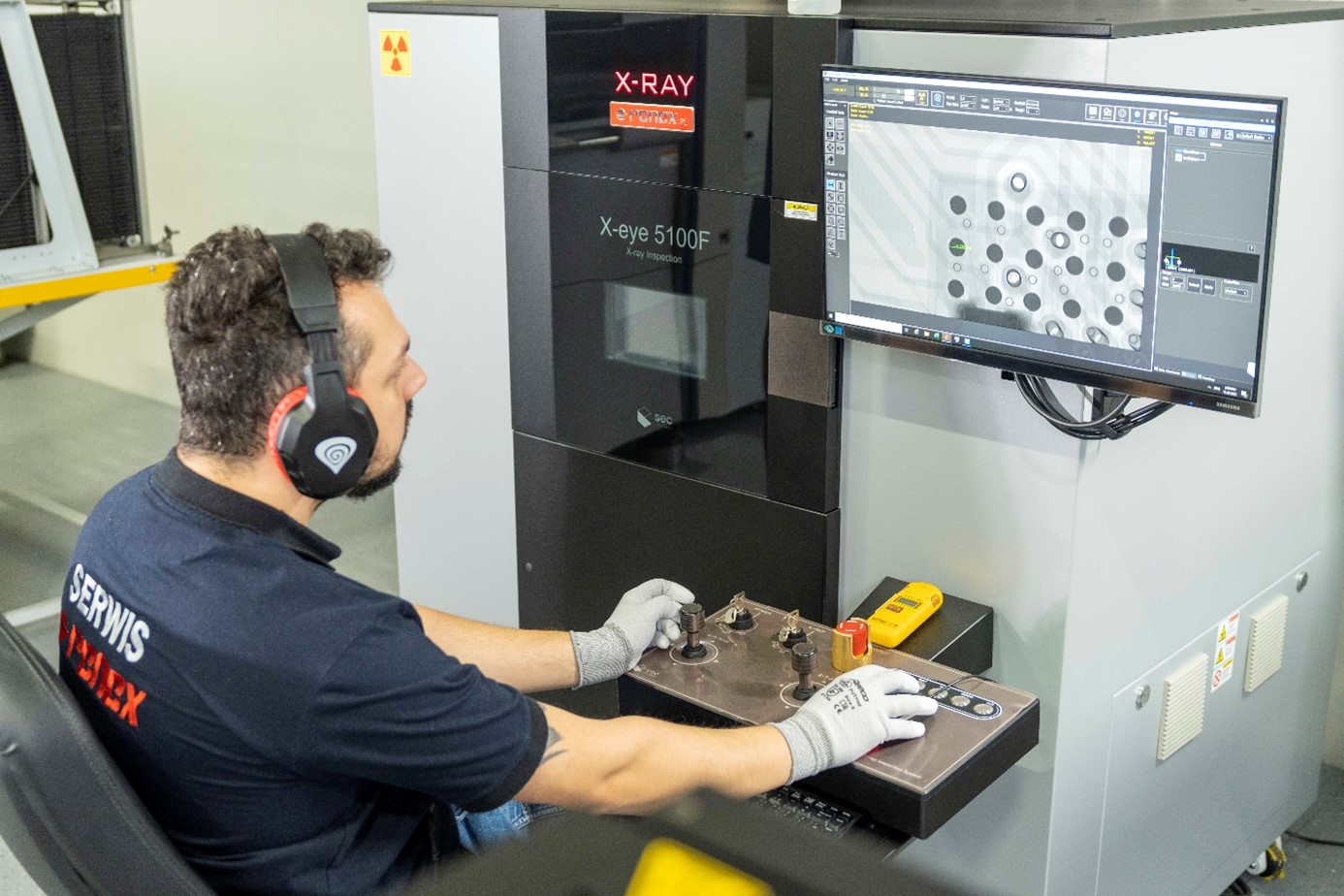
Advantages of X-ray Inspections
One of the key advantages of X-ray inspections is their non-invasiveness. This method allows for quality control without dismantling or damaging the inspected elements, saving time and costs. Additionally, X-ray inspection enables quick results, which can be immediately used to implement corrective actions.
X-ray inspections are also precise and objective. They can detect even the smallest defects that are not visible to the naked eye or other quality control methods. This ensures that companies can be confident that their products meet the highest standards and are free from defects, increasing customer satisfaction and strengthening the company’s market position. Another advantage of X-ray inspections is the ability to monitor production processes. Analyzing data obtained during quality control allows for identifying problems in processes and optimizing them.
This enables companies to continually improve their products, minimize raw material waste, and reduce the time needed to repair defective elements.
Future of X-ray Inspections
As technology develops, the capabilities of X-ray inspections will continue to expand. The emergence of new materials for producing components may require developing new X-ray analysis methods. We can expect technological advancements to contribute to refining and improving research methods, allowing for even greater precision and speed in detecting defects.
The application of artificial intelligence and machine learning in processing data collected during X-ray inspections opens new possibilities for analyzing and recognizing material defects. This will make control processes even more efficient, allowing manufacturers to increase production speed while maintaining high product quality.
In the future, we can also expect X-ray inspections to become more widespread in various industries. The use of X-ray research technologies may be crucial for the success of companies looking to compete in the global market and provide their customers with the highest quality products.
Challenges and Limitations of X-ray Inspections
Despite their numerous advantages, X-ray inspections also have limitations and challenges. One of them is the cost of implementing this technology. Implementing X-ray inspections may require significant investments, especially for small and medium-sized enterprises. Companies need to acquire appropriate equipment, software, and train personnel, which can be expensive.
Another challenge associated with X-ray inspection is safety. X-ray radiation can be harmful to health, so strict adherence to radiation protection regulations is necessary. Employees must be properly trained and informed about the principles of safe use of X-ray equipment.
The effectiveness of X-ray inspections is also limited for certain materials. Not all elements and materials can be effectively X-rayed, which may require using other quality control methods, such as ultrasound or thermography.
X-ray Inspection Services by RENEX Group
RENEX Group offers two X-ray inspection solutions. The first is a service where the client sends samples to the Technology and Training Center, along with information about the problem. The sent system is X-rayed, and the inspection results are usually sent by email along with a report compliant with IPC standards. Such a service takes 1-2 working days.
The second solution is purchasing an X-ray device. This allows checking batches as soon as a sample product is released, enabling corrections before producing the rest of the batch without waiting two days for results to start proper production. RENEX Group has devices that can be purchased and then installed in the production process. One such device is the SEC X-RAY 5100F, for which the Group has received a permit from the National Atomic Energy Agency.
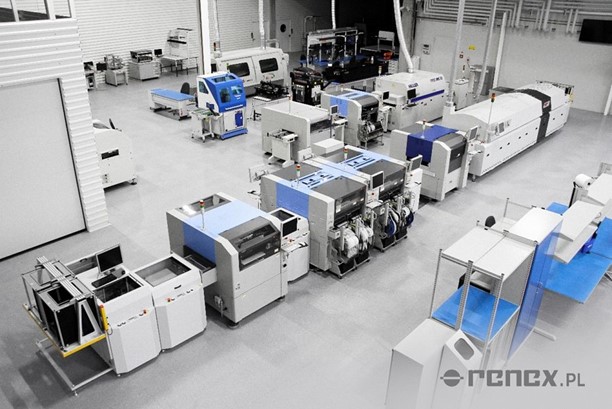
The client does not need any permits from the Atomic Energy Institute to introduce an X-ray device into their production line. After purchase, it can be set up without problems, with the formal side ensured by the distributor. This is crucial as it requires training the appropriate personnel who can install such devices. Each installation of the device must be reported to the PAA by RENEX Group to ensure safety and avoid radiation emissions outside. Buying a used device does not guarantee such safety.
X-ray inspections are a useful tool for detecting defects in systems and components and for quality control of the product. They are used in various industries, such as the automotive, telecommunications, and construction industries. RENEX Group offers a range of services, including the sale of X-ray inspection devices and a sample sending service to the Technology and Training Center, where X-ray inspection results are sent by email along with a report compliant with IPC standards. This service allows for product quality checking and ensures safety during device installation.
The X-ray inspection service is part of the wide range of training and advisory services in production process automation provided by RENEX Group. The company offers its clients the highest level of services, including the opportunity to use the TECHNOLOGY AND TRAINING CENTER and DEMOROOM, where the latest technologies in electronics and robotics are developed. In these spaces, clients can familiarize themselves with models of all workstations and see the full collection of REECO clothing. Experienced RENEX engineers and Technical and Commercial Advisors help select the right devices and test them on-site, tailoring them to the client’s individual needs, including their own components and parts.
RENEX Group provides comprehensive support in fulfilling and completing orders, and Technical and Commercial Advisors maintain constant contact with clients to track their experiences and assist with subsequent orders. The company can meet even the most demanding client requirements thanks to its knowledge, experience, and production capabilities. The enterprise focuses on quality and safety, ensuring client satisfaction with ordered products. To use the advisors’ services in your company, visit: https://www.renex.pl/wizyta-doradcy/.
